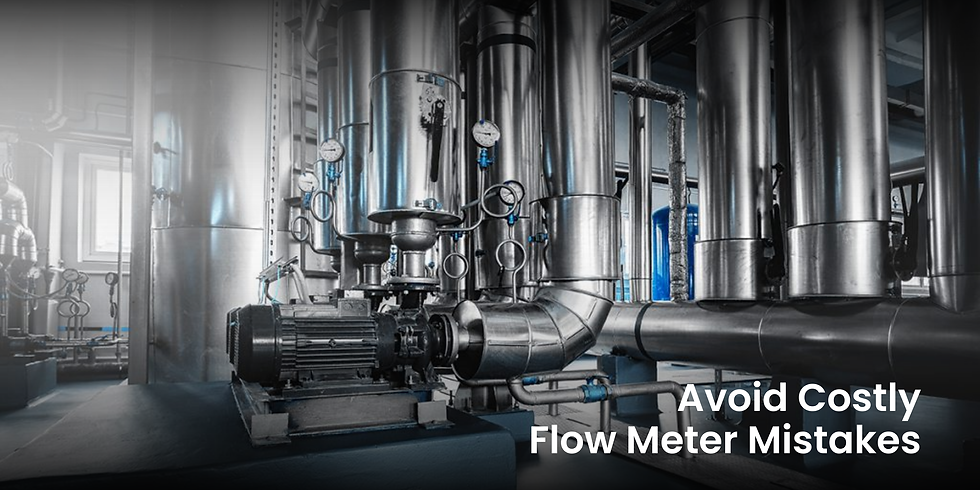The Power of Protection: N95 Masks, NIOSH Certification, and Proper Usage
- Ansac Team

- Apr 6, 2024
- 4 min read
Updated: Jan 23

Introduction
In a world grappling with various health threats, the N95 respirator mask has emerged as a symbol of protection and a key defense against airborne pathogens. Named after its filtering efficiency of 95%, N95 masks are designed to filter out 95% of airborne particles, making them a reliable shield against viruses, bacteria, and other harmful particles. In this article, we will explore the purpose of N95 masks, the importance of NIOSH certification, and the proper way to wear them for maximum effectiveness.

The Purpose of N95 Masks
The primary purpose of N95 masks is to provide a high level of respiratory protection against airborne contaminants. They are specifically designed to filter out tiny particles that could be harmful if inhaled, such as:
Airborne Viruses: N95 masks are effective at blocking respiratory viruses like the flu and, more recently, COVID-19. These masks are recommended for healthcare professionals and the general public alike when in close contact with infected individuals.
Dust and Pollen: N95 masks are also useful for protection against non-infectious particles, like dust and pollen. They can be beneficial for those with allergies or working in dusty environments.
Airborne Chemicals: In industrial settings, N95 masks can protect workers from inhaling harmful chemicals and fumes.

The Role of NIOSH Certification
The National Institute for Occupational Safety and Health (NIOSH) is a government agency responsible for certifying and regulating respirator masks, including N95s. NIOSH certification ensures that a respirator meets strict performance and quality standards. When shopping for N95 masks, it's essential to look for the NIOSH certification label, as it guarantees that the mask will provide the level of protection it claims. Read More
Here's what the NIOSH certification entails:
Filtration Efficiency: NIOSH tests and certifies masks based on their filtration efficiency. An N95 mask must filter out at least 95% of airborne particles of a specific size.
Proper Fit: NIOSH certification also accounts for the proper fit of the mask to ensure it seals tightly to the wearer's face. This prevents unfiltered air from entering through gaps around the mask.
Breathability: While filtration is vital, a mask must also allow for adequate breathability, ensuring that users can wear it comfortably for extended periods.
How to Properly Wear an N95 Mask

Wearing an N95 mask properly is crucial for it to be effective. Follow these steps to ensure you are using your mask correctly:
Hand Hygiene: Start with clean hands. Wash your hands thoroughly with soap and water or use hand sanitizer before touching the mask.
Inspect the Mask: Examine the mask for any visible damage or defects. If you notice any issues, do not use it.
Position the Mask: Hold the mask in one hand, with the nosepiece at your fingertips. The straps should hang freely.
Cover Your Nose and Mouth: Place the mask over your nose and mouth, ensuring a snug fit. Mold the nosepiece to your nose's shape for a tight seal.
Secure the Straps: Pull the top strap over your head and position it above your ears. The bottom strap should go around your neck and below your ears.
Check for Seal: Perform a seal check by exhaling gently. If you feel air escaping around the edges of the mask, readjust the fit until it's secure.
Avoid Touching the Mask: Once the mask is on, avoid touching it to prevent contamination. If you need to adjust it, do so only with clean hands.
Proper Removal: To remove the mask, reach behind your head and neck, and carefully untie or unhook the straps. Avoid touching the front of the mask. Dispose of it in a proper receptacle.
Honeywell H910 N95 Mask Donning Procedure
The H910 N95 mask is a vertical flat fold mask, and therefore the donning procedure varies slightly from other manufacturer designs. Please follow the steps below to ensure the best fit:
Conclusion
N95 masks have proven to be indispensable in protecting against airborne particles, especially during the COVID-19 pandemic. Understanding their purpose, the significance of NIOSH certification, and how to wear them correctly is essential for your safety and the safety of those around you. By following these guidelines, you can confidently use N95 masks as a powerful tool in the fight against respiratory hazards. Remember, proper mask usage is not just a matter of personal protection but also a shared responsibility to safeguard public health.









Comments